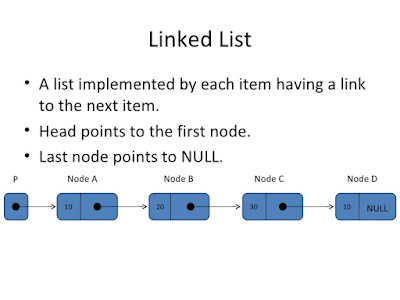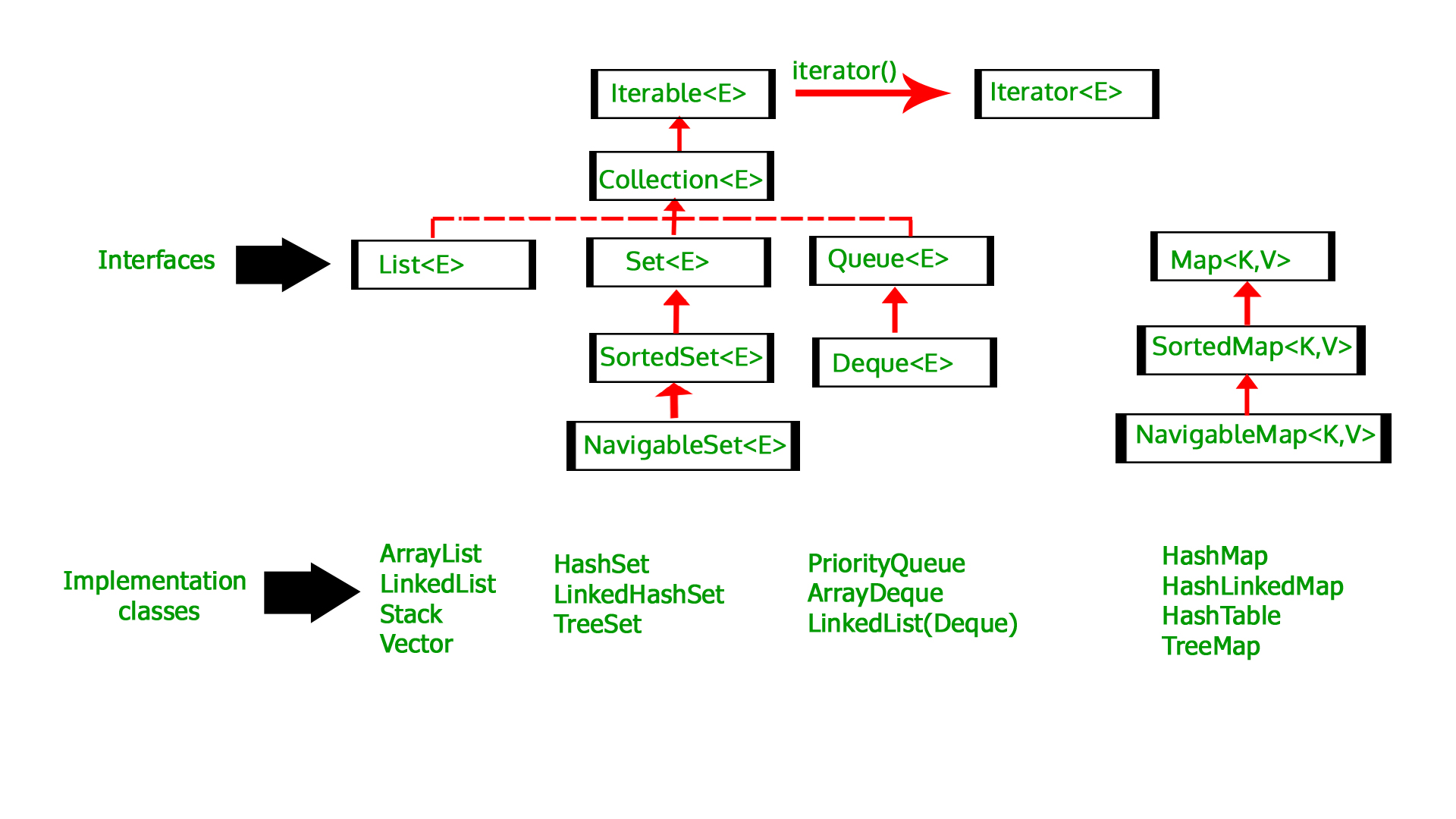

Iterating over the list till the node whose Next pointer points to null //Return that node, because that will be the last node.

making the next pointe of the new Node as Null
If the Linked List is not empty then we find the last node, and make it' next to the new Node, hence making the new node the last Node. If the Linked List is empty then we simply, add the new Node as the Head of the Linked List. returning the position where Node is added making the next of the new Node point to Head The previous Head Node is now the second Node of Linked List, because the new Node is added at the front. And the Next pointer of the newly added Node, must point to the previous Head, whether it be NULL(in case of new List) or the pointer to the first Node of the List. When we want to add any Node at the front, we must make the head point to it.  Else, the Head holds the pointer to the first Node of the List. When a new Linked List is instantiated, it just has the Head, which is Null. The first Node is the Head for any Linked List. function to add Node at the End of list function to check whether Linked list is empty Also, the linked list class will have a pointer called head to store the location of the first node which will be added to the linked list. Linked List classĪs we are following the complete OOPS methodology, hence we will create a separate class for Linked List, which will have all the methods like insertion, search, deletion etc. Once the object for the class Node is created, we use various functions to fit in that node into the Linked List. The Node class basically creates a node for the data to be included into the Linked List. parameterised constructor same as above You can add the getter and setter functions to the Node class like this: class Node We can also make the Node class properties data and next as private, in that case we will need to add the getter and setter methods to access them(don't know what getter and setter methods are: Inline Functions in C++ ). our linked list will only hold int data In C language, we create a structure using the struct keyword. Well, because the memory locations allocated to these nodes are not contiguous hence each node should know where the next node is stored.Īs the node is a combination of multiple information, hence we will be defining a class for Node which will have a variable to store data and another variable to store the pointer. You must be wondering why we need to store the location of the next node.
Else, the Head holds the pointer to the first Node of the List. When a new Linked List is instantiated, it just has the Head, which is Null. The first Node is the Head for any Linked List. function to add Node at the End of list function to check whether Linked list is empty Also, the linked list class will have a pointer called head to store the location of the first node which will be added to the linked list. Linked List classĪs we are following the complete OOPS methodology, hence we will create a separate class for Linked List, which will have all the methods like insertion, search, deletion etc. Once the object for the class Node is created, we use various functions to fit in that node into the Linked List. The Node class basically creates a node for the data to be included into the Linked List. parameterised constructor same as above You can add the getter and setter functions to the Node class like this: class Node We can also make the Node class properties data and next as private, in that case we will need to add the getter and setter methods to access them(don't know what getter and setter methods are: Inline Functions in C++ ). our linked list will only hold int data In C language, we create a structure using the struct keyword. Well, because the memory locations allocated to these nodes are not contiguous hence each node should know where the next node is stored.Īs the node is a combination of multiple information, hence we will be defining a class for Node which will have a variable to store data and another variable to store the pointer. You must be wondering why we need to store the location of the next node. 
In the picture above we have a linked list, containing 4 nodes, each node has some data(A, B, C and D) and a pointer which stores the location of the next node. What is a Node?Ī Node in a linked list holds the data value and the pointer which points to the location of the next node in the linked list. Deleting a particular Node(data element) from the Listīefore learning how we insert data and create a linked list, we must understand the components forming a linked list, and the main component is the Node.Searching any data element in the Linked List.Checking whether Linked List is empty or not.We will also be adding some other useful methods like:
#INSTANTIATING A LINKED LIST STACK JAVA CODE#
Hence while writing the code for Linked List we will include methods to insert or add new data elements to the linked list, both, at the beginning of the list and at the end of the list. The element in such a linked list can be inserted in 2 ways: Linear Linked list is the default linked list and a linear data structure in which data is not stored in contiguous memory locations but each data node is connected to the next data node via a pointer, hence forming a chain.








 0 kommentar(er)
0 kommentar(er)
